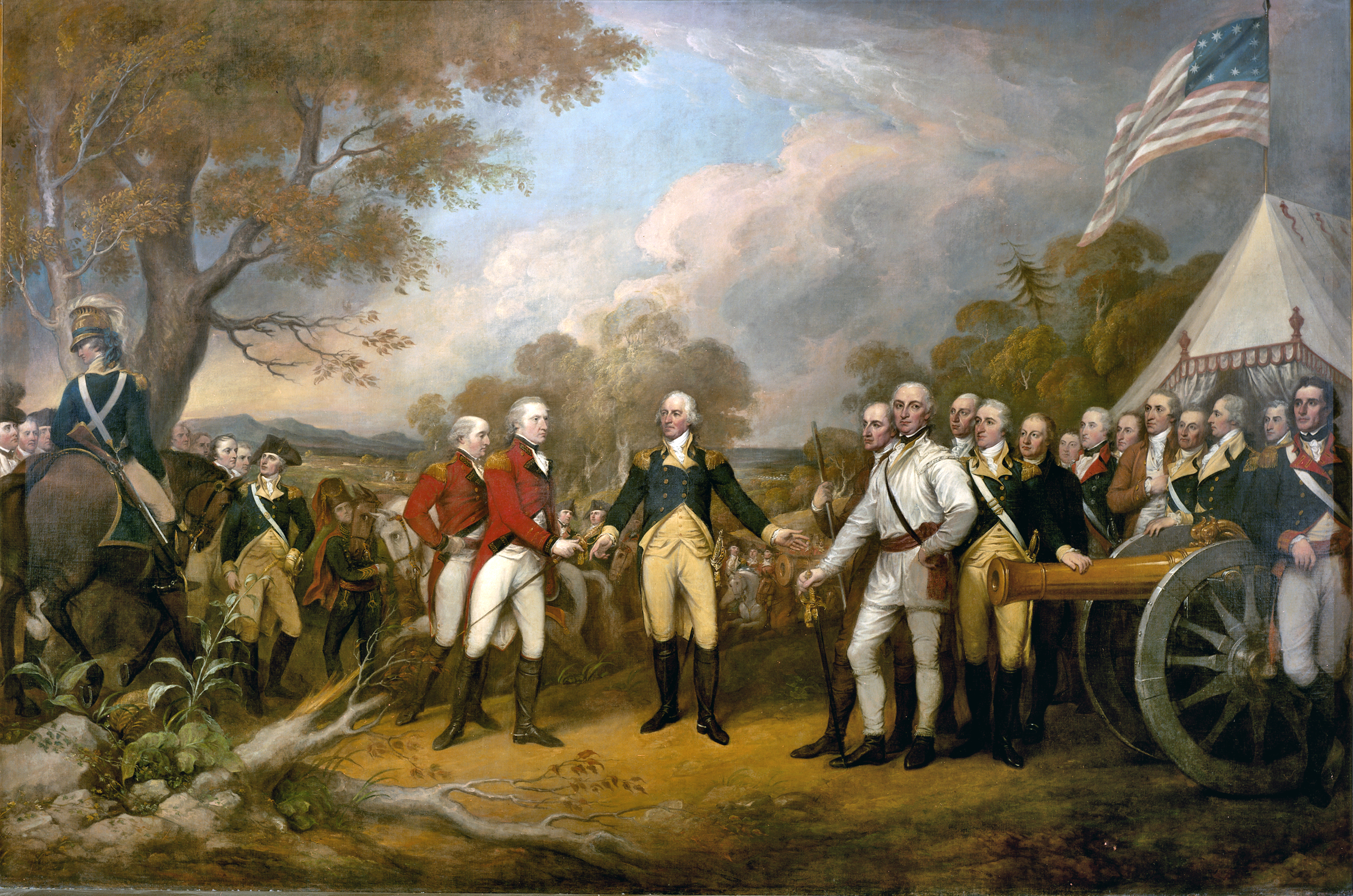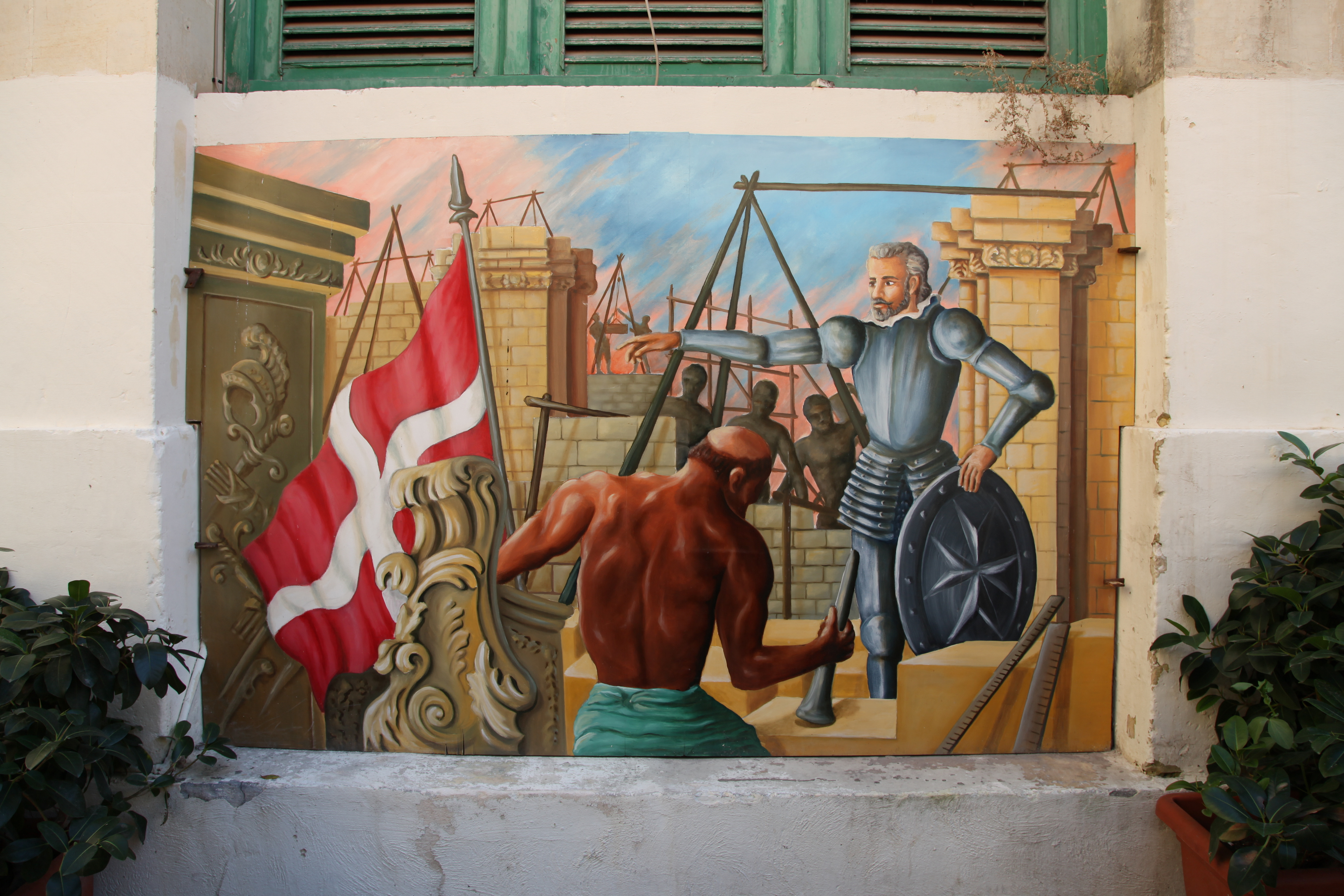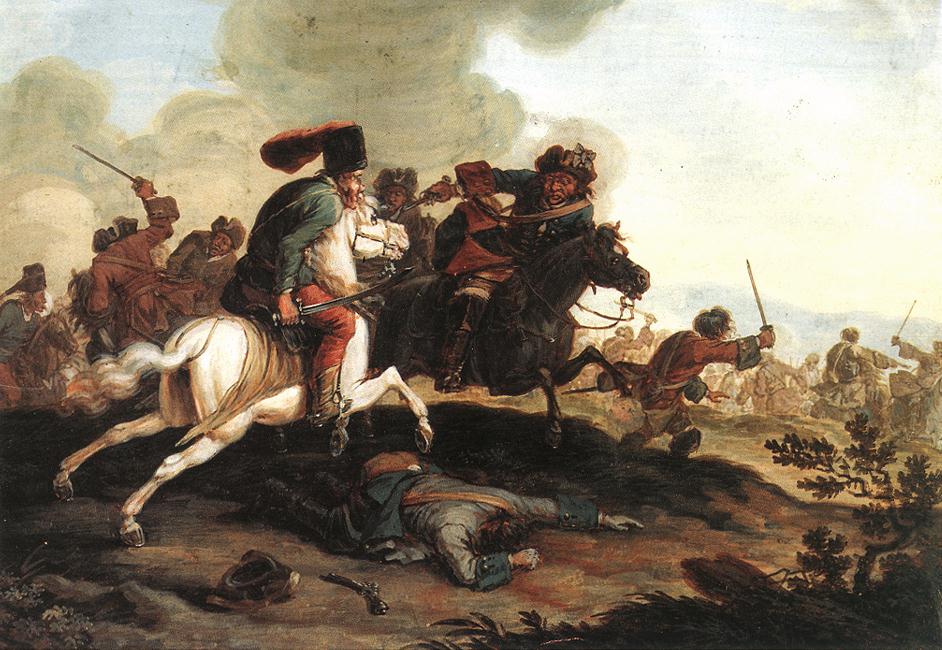|
November 15
Events Pre-1600 * 655 – Battle of the Winwaed: Penda of Mercia is defeated by Oswiu of Northumbria. * 1315 – Growth of the Old Swiss Confederacy: The Schweizer Eidgenossenschaft ambushes the army of Leopold I in the Battle of Morgarten. * 1532 – Spanish conquest of the Inca Empire: Commanded by Francisco Pizarro, Spanish conquistadors under Hernando de Soto meet Incan Emperor Atahualpa for the first time outside Cajamarca, arranging for a meeting in the city plaza the following day. * 1533 – Francisco Pizarro arrives in Cuzco, the capital of the Inca Empire. 1601–1900 * 1705 – Rákóczi's War of Independence: The Habsburg Empire and Denmark win a military victory over the Kurucs from Hungary in the Battle of Zsibó. * 1760 – The secondly-built Castellania in Valletta is officially inaugurated with the blessing of the interior Chapel of Sorrows. * 1777 – American Revolutionary War: After 16 months of debate the Contin ... [...More Info...] [...Related Items...] OR: [Wikipedia] [Google] [Baidu] |
Battle Of The Winwaed
The Battle of the Winwaed ( Welsh: ''Maes Gai''; ) was fought on 15 November 655 between King Penda of Mercia and Oswiu of Bernicia, ending in the Mercians' defeat and Penda's death. According to Bede, the battle marked the effective demise of Anglo-Saxon paganism. Background The roots of the battle lay in Penda's success in dominating England through a number of military victories, most significantly over the previously dominant Northumbrians. In alliance with Cadwallon ap Cadfan of Gwynedd he had defeated and killed Edwin of Northumbria at Hatfield Chase in 633, and subsequently he defeated and killed Oswald of Northumbria at the Battle of Maserfield in 642. Maserfield effectively marked the overthrow of Northumbrian supremacy, and in the years that followed the Mercians apparently campaigned into Bernicia, besieging Bamburgh at one point; the Northumbrian sub-kingdom of Deira supported Penda during his 655 invasion. Toponymy, location, and date Since the ninet ... [...More Info...] [...Related Items...] OR: [Wikipedia] [Google] [Baidu] |
1533
Year 1533 ( MDXXXIII) was a common year starting on Wednesday of the Julian calendar. Events January–March * January 25 – King Henry VIII of England formally but secretly marries Anne Boleyn, who becomes his second queen consort. * January 26 – Thomas Audley, 1st Baron Audley of Walden, is appointed Lord Chancellor of England. * February 4 – The Reformation Parliament is summoned into session by King Henry VIII of England, and meets until April 7. * February 8 – (15th waxing of Tabaung 894 ME) King Min Bin of Burma begins receiving tributes from the local lords of Bengal. * February 14 – By a treaty between the German city of Münster and the Holy Roman Empire, Münster is recognized as a Lutheran city. * February 18 – The order of the Clerics Regular of Saint Paul, more commonly called the Barnabites, is given papal approval by Pope Clement VII in the brief ''Vota per quae vos''. * March 30 – Thomas Cranmer becomes A ... [...More Info...] [...Related Items...] OR: [Wikipedia] [Google] [Baidu] |
Continental Congress
The Continental Congress was a series of legislature, legislative bodies, with some executive function, for the Thirteen Colonies of British America, Great Britain in North America, and the newly declared United States before, during, and after the American Revolutionary War. The Continental Congress refers to both the First Continental Congress, First and Second Continental Congress, Second Congresses of 1774–1781 and at the time, also described the Congress of the Confederation of 1781–1789. The Confederation Congress operated as the first federal government until being replaced following ratification of the Constitution of the United States, U.S. Constitution. Until 1785, the Congress met predominantly at what is today Independence Hall in Philadelphia, though it was relocated temporarily on several occasions during the Revolutionary War and the Philadelphia campaign, fall of Philadelphia. The First Continental Congress convened in Philadelphia in 1774 in response to esc ... [...More Info...] [...Related Items...] OR: [Wikipedia] [Google] [Baidu] |
American Revolutionary War
The American Revolutionary War (April 19, 1775 – September 3, 1783), also known as the Revolutionary War or American War of Independence, was the armed conflict that comprised the final eight years of the broader American Revolution, in which American Patriot (American Revolution), Patriot forces organized as the Continental Army and commanded by George Washington defeated the British Army during the American Revolutionary War, British Army. The conflict was fought in North America, the Caribbean, and the Atlantic Ocean. The war's outcome seemed uncertain for most of the war. However, Washington and the Continental Army's decisive victory in the Siege of Yorktown in 1781 led King George III and the Kingdom of Great Britain to negotiate an end to the war in the Treaty of Paris (1783), Treaty of Paris two years later, in 1783, in which the British monarchy acknowledged the independence of the Thirteen Colonies, leading to the establishment of the United States as an independent and ... [...More Info...] [...Related Items...] OR: [Wikipedia] [Google] [Baidu] |
1777
Events January–March * January 2 – American Revolutionary War – Battle of the Assunpink Creek: American general George Washington's army repulses a British attack by Lieutenant General Charles Cornwallis, in a second battle at Trenton, New Jersey. * January 3 – American Revolutionary War – Battle of Princeton: American general George Washington's army defeats British troops. * January 13 – Mission Santa Clara de Asís is founded in what becomes Santa Clara, California. * January 15 – Vermont declares its independence from New York, becoming the Vermont Republic, an independent country, a status it retains until it joins the United States as the 14th state in 1791. * January 21 – The Continental Congress approves a resolution "that an unauthentic copy, with names of the signers of the Declaration of independence, be sent to each of the United States. *February 5 – Under the 1st Constitution of Georgia, 8 counties ... [...More Info...] [...Related Items...] OR: [Wikipedia] [Google] [Baidu] |
Valletta
Valletta ( ; , ) is the capital city of Malta and one of its 68 Local councils of Malta, council areas. Located between the Grand Harbour to the east and Marsamxett Harbour to the west, its population as of 2021 was 5,157. As Malta’s capital city, it is a commercial centre for shopping, bars, dining, and café life. It is also the southernmost capital of Europe, and at just , it is the European Union's smallest capital city. Valletta's 16th-century buildings were constructed by the Hospitaller Malta, Knights Hospitaller. The city was named after the Frenchman Jean Parisot de Valette, who succeeded in defending the island against an Ottoman invasion during the Great Siege of Malta. The city is Baroque architecture, Baroque in character, with elements of Mannerist architecture#Mannerist architecture, Mannerist, Neoclassical architecture, Neo-Classical and Modern architecture, though the Second World War left major scars on the city, particularly the destruction of the Royal Oper ... [...More Info...] [...Related Items...] OR: [Wikipedia] [Google] [Baidu] |
Castellania (Valletta)
The Castellania (; ), also known as the Castellania Palace (; ), is a former courthouse and prison in Valletta, Malta that currently houses the country's health ministry. It was built by the Order of St. John between 1757 and 1760, on the site of an earlier courthouse which had been built in 1572. The building was built in the Baroque style to design of the architect Francesco Zerafa, and completed by Giuseppe Bonici. It is a prominent building in Merchants Street, having an ornate façade with an elaborate marble centrepiece. Features of the interior include former court halls, a chapel, prison cells, a statue of Lady Justice at the main staircase and an ornate fountain in the courtyard. From the late 18th to the early 19th century, the building was also known by a number of names, including the ''Palazzo del Tribunale'', the ''Palais de Justice'' and the ''Gran Corte della Valletta''. By the mid-19th century the building was deemed too small, and the courts were gradu ... [...More Info...] [...Related Items...] OR: [Wikipedia] [Google] [Baidu] |
1760
Events January–March * January 9 – Battle of Barari Ghat: Afghan forces defeat the Marathas. * January 22 – Seven Years' War – Battle of Wandiwash, India: British general Sir Eyre Coote is victorious over the French under the Marquis de Bussy-Castelnau. * January 28 – Benning Wentworth creates the New Hampshire Grant of Pownal, Vermont. * February 15 – The British Royal Navy ship HMS ''Royal Katherine'' runs aground off Bolt Head in England, with the loss of 699 lives. * February 21– 26 – Seven Years' War: Battle of Carrickfergus in the north of Ireland – A force of French troops, under the command of privateer François Thurot, captures and holds the town and castle of Carrickfergus before retiring; the force is defeated (and Thurot killed) in a naval action in the Irish Sea, on February 28. * February 27 – Seven Years' War: French and Indian War & Anglo-Cherokee War – Cherokee natives attack a ... [...More Info...] [...Related Items...] OR: [Wikipedia] [Google] [Baidu] |
Battle Of Zsibó
Battle of Zsibó ( ) was fought on 15 November 1705 between the Kuruc ( Hungarian) army (supported by French contingents) and forces of the Habsburg Empire, Denmark-Norway and Vojvodian Serbs in Zsibó, Principality of Transylvania (today: ''Jibou, Romania''). The Austrian marshal Ludwig Herbeville marched against Transylvania. Although the Kuruc-French army was equal in size to the combined Austrian, Danish and Serbian forces, Francis II Rákóczi went on the defense due to the inferior training of his troops. The Danes and Austrians launched a powerful attack on the French and Kuruc infantry. Although the Kuruc infantry held its ground, the Kuruc cavalry could not launch an attack due to a lack of leadership and an overly muddy battlefield. The Austrian cavalry was thus capable of flanking the Hungarians on the left, forcing the Hungarians to retreat and crushing their cavalry in the process. After the battle, the combined Austrian-Danish army bought Transylvania. ... [...More Info...] [...Related Items...] OR: [Wikipedia] [Google] [Baidu] |
Hungary
Hungary is a landlocked country in Central Europe. Spanning much of the Pannonian Basin, Carpathian Basin, it is bordered by Slovakia to the north, Ukraine to the northeast, Romania to the east and southeast, Serbia to the south, Croatia and Slovenia to the southwest, and Austria to the west. Hungary lies within the drainage basin of the Danube, Danube River and is dominated by great lowland plains. It has a population of 9.6 million, consisting mostly of ethnic Hungarians, Hungarians (Magyars) and a significant Romani people in Hungary, Romani minority. Hungarian language, Hungarian is the Languages of Hungary, official language, and among Languages of Europe, the few in Europe outside the Indo-European languages, Indo-European family. Budapest is the country's capital and List of cities and towns of Hungary, largest city, and the dominant cultural and economic centre. Prior to the foundation of the Hungarian state, various peoples settled in the territory of present-day Hun ... [...More Info...] [...Related Items...] OR: [Wikipedia] [Google] [Baidu] |
Kuruc
Kuruc (, plural ''kurucok''), also spelled kurutz, refers to a group of armed anti- Habsburg insurgents in the Kingdom of Hungary between 1671 and 1711. Over time, the term kuruc has come to designate Hungarians who advocate strict national independence and the term " labanc" to designate Hungarians who advocate cooperating with outside powers. The term kuruc is used in both a positive sense to mean “patriotic” and in a negative sense to mean “chauvinistic.” The term labanc is almost always used in a negative sense to mean “disloyal” or “traitorous”. This term originally referred to Habsburg troops, mainly Austrian imperial soldiers, garrisoned in Hungary. The kuruc army was composed mostly of impoverished lower Hungarian nobility and serfs, including Hungarian Protestant peasants and Slavs. They managed to conquer large parts of Hungary in several uprisings from Transylvania before they were defeated by Habsburg imperial troops. Name The word ''kuruc'' was ... [...More Info...] [...Related Items...] OR: [Wikipedia] [Google] [Baidu] |
Rákóczi's War Of Independence
Rákóczi's War of Independence (1703–1711) was the first significant attempt to topple the rule of the Habsburgs over Royal Hungary, Hungary. The war was conducted by a group of noblemen, wealthy and high-ranking progressives and was led by Francis II Rákóczi and resigned soldiers and peasants fought alongside the noblemen. The insurrection was unsuccessful, ending with the Treaty of Szatmár; however, the Hungarian nobility managed to partially satisfy Hungarian interests. Prelude With the Treaty of Karlowitz in 1699, the Ottoman Empire renounced almost all of its claims to some of Ottoman Hungary, its territories, which were conquered from the medieval Kingdom of Hungary after 1526. The nobility was against Habsburg rule because the lands formerly taken away from them by the Ottomans were returned only to those who could prove their right to own the property and could pay 10% of its worth to the Habsburgs. If they failed to do so, the property went to creditors of the Emp ... [...More Info...] [...Related Items...] OR: [Wikipedia] [Google] [Baidu] |







